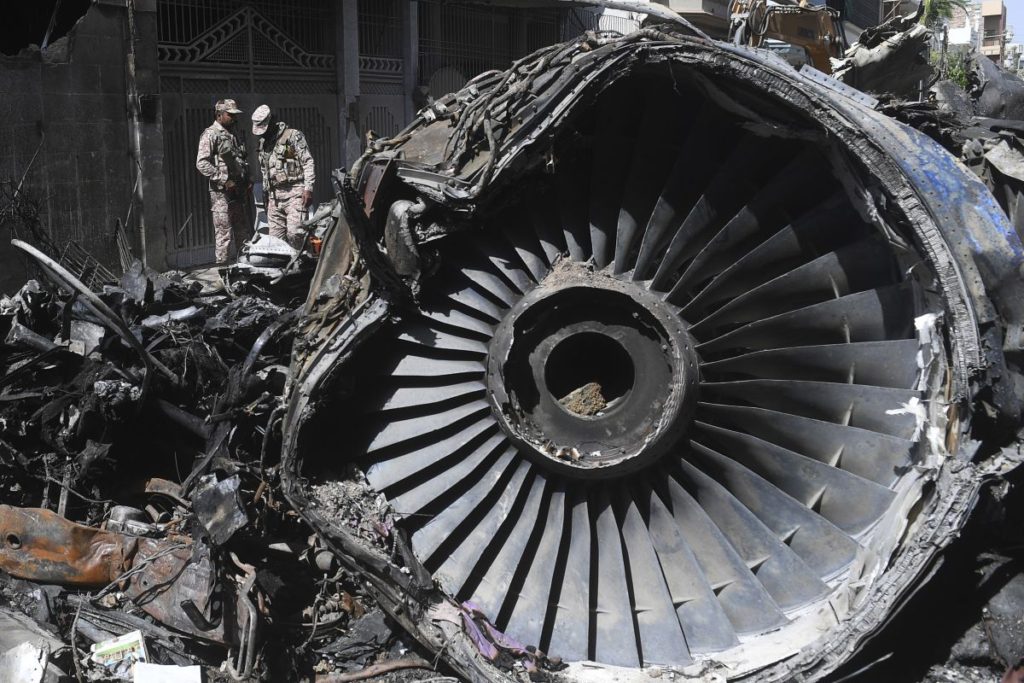What’s the difference between an aircraft accident and incident?

For all of us, any incident involving a commercial airline is worrying, and even turbulence is enough to cause us distress. We may have heard the terms aircraft “accident”, “incident”, and “serious incident” before, but what’s the difference between these occurrences? We delved into ICAO Annex 13 – Aircraft Accident & Investigation – to find out.
Who are ICAO and what is Annex 13?
ICAO, or the International Civil Aviation Organisation in full, is a specialised agency of the United Nations which coordinates the principles and techniques of international commercial air navigation. ICAO came about following the 1944 Chicago Convention, which set down core principles permitting transport by air. The Chicago Convention was signed by 52 states in 1944, and today has over 151 country signatories. The Chicago Convention formed the governing basis of ICAO, and today the organisation is responsible for regulating many areas of the industry.
WHEREAS the future development of international civil aviation can greatly help to create and preserve friendship and understanding among the nations and peoples of the world, yet its abuse can become a threat to the general security; and WHEREAS it is desirable to avoid friction and to promote that co-operation between nations and peoples upon which the peace of the world depends; THEREFORE, the undersigned governments having agreed on certain principles and arrangements in order that international civil aviation may be developed in a safe and orderly manner and that international air transport services may be established on the basis of equality of opportunity and operated soundly and economically;”
So what is Annex 13, you ask? ICAO’s responsibilities for safety, registration, airworthiness, prevention of economic waste, fair compensation, standardisation, and air law are outlined in the ICAO SARPS (Standards & Recommended Practices) documents, which come in the form of 19 numbered annexes. ICAO Annexes are:
Annex 1 – Personnel Licensing
Annex 2 – Rules of the Air
Annex 3 – Meteorological Services
Annex 4 – Aeronautical Charts
Annex 5 – Units of Measurement
Annex 6 – Operation of Aircraft
Annex 7 – Aircraft Nationality and Registration Marks
Annex 8 – Airworthiness of Aircraft
Annex 9 – Facilitation
Annex 10 – Aeronautical Telecommunications
Annex 11 – Air Traffic Services
Annex 12 – Search and Rescue
Annex 13 – Aircraft Accident and Incident Investigation
Annex 14 – Aerodromes
Annex 15 – Aeronautical Information Services
Annex 16 – Environmental Protection
Annex 17 – Security
Annex 18 – The Safe Transportation of Dangerous Goods by Air
Annex 19 – Safety Management
We’ll be taking a look deeper into Annex 13 and the definitions of occurrences.
What’s the difference between an “accident” and an “incident”?
Annex 13 outlines three different definitions for “occurrences” that may take place during a flight. These are Incidents, Serious Incidents and Accidents.
The most ‘basic’ form of reporting and occurrence is an incident. An incident is defined as “An occurrence, other than an accident, associated with the operation of an aircraft which affects or could affect the safety of operation.” The inclusion of the wording “could affect” means there is no need for actual damage or injuries to take place; the possibility of such is enough for classification as an incident. Examples of aircraft incidents may include decompression, undershooting takeoffs or landings and near collisions with other aircraft, or terrain.
The next level of reporting is incidents which are deemed to “involve circumstances indicating that there was a high probability of an accident.” The wording here can mean that the difference between an accident and a serious incident lies only in the result – accidents are actual occurrences, and serious incidents are probable occurrences. Serious incidents include: landings on a closed or engaged runway, aborted takeoffs on a closed runway, controlled flight into terrain (CFIT) narrowly avoided or where evasive action/control is needed to avoid an accident, where pre-emptive action could have prevented the occurrence altogether.
Finally, accidents. Aircraft accidents are defined by Annex 13 as occurrences where:
- Someone is fatally or seriously injured
- The aircraft sustains damage or structural failure
- The aircraft is missing or is completely inaccessible. Examples of aircraft accidents would be crashes, fatalities – caused by impact or things such as severe turbulence – or missing aircraft altogether, such as Malaysia Airways Flight 370 (MH370).
- Just one of these criteria needs to be met for the occurrence to be classified as an accident.
Why does this all matter?
Aviation is an industry centred around safety. The sole objective of annex 13 and the subsequent investigation of an accident or incident is the prevention of such occurrences from happening again. ICAO’s focus is on improving civil aviation safety for the future, not the apportioning of blame or liability onto pilots or operational staff. Each time an occurrence takes place, lessons can be learned, and the safety of flying improves for us all. travelradar.aero
